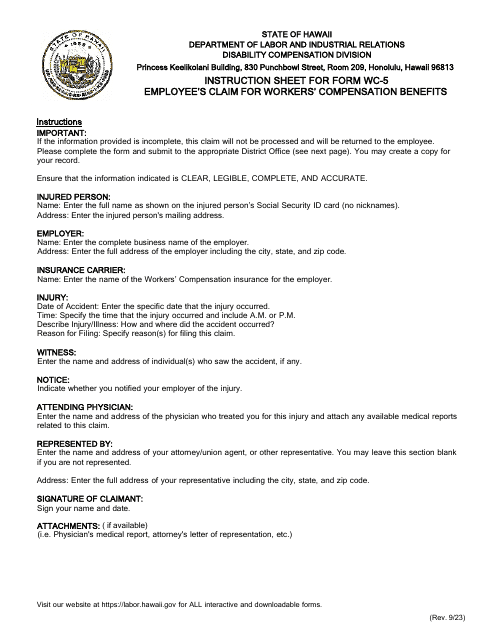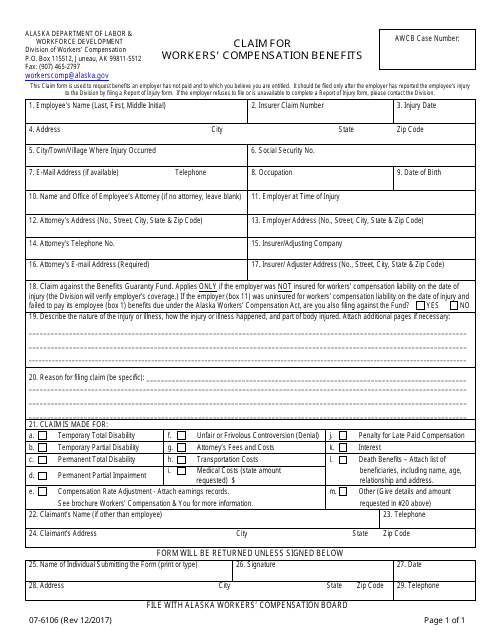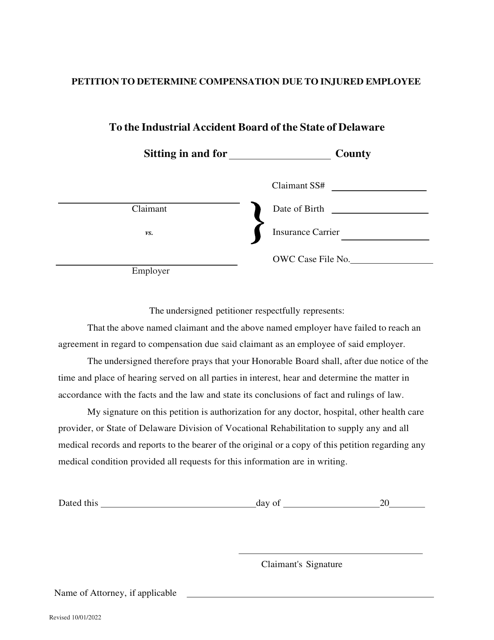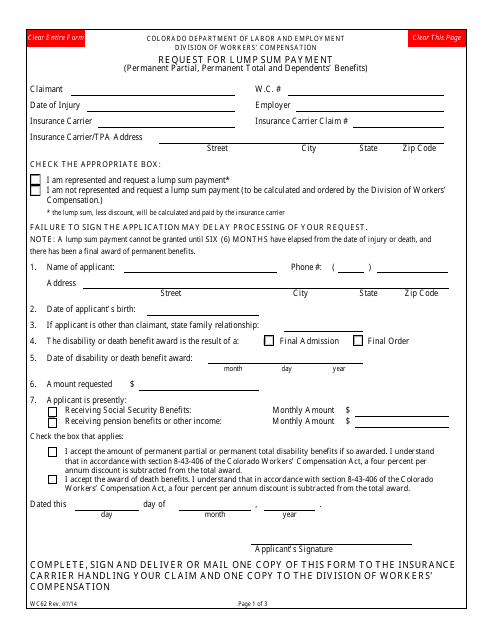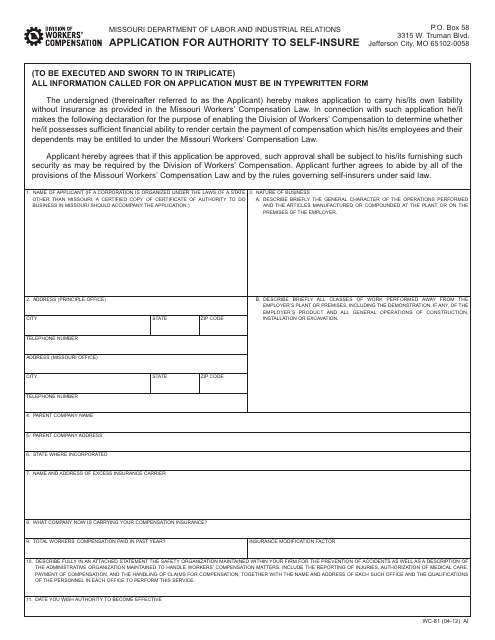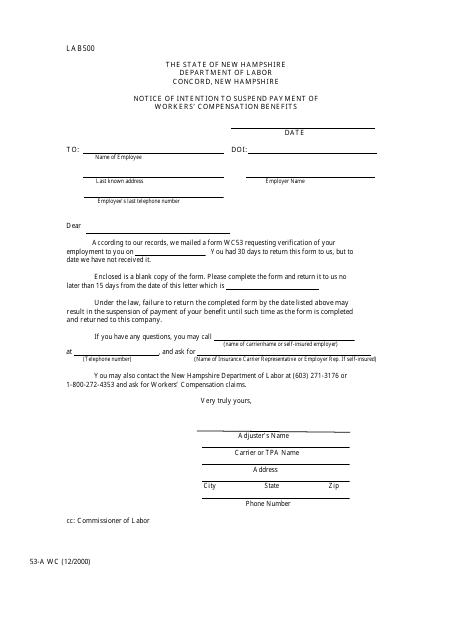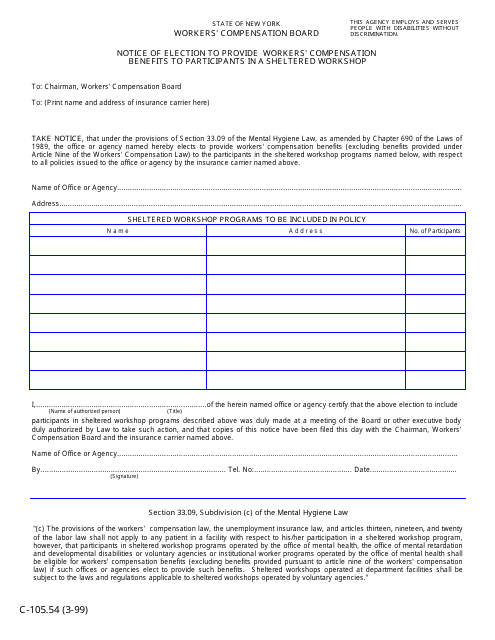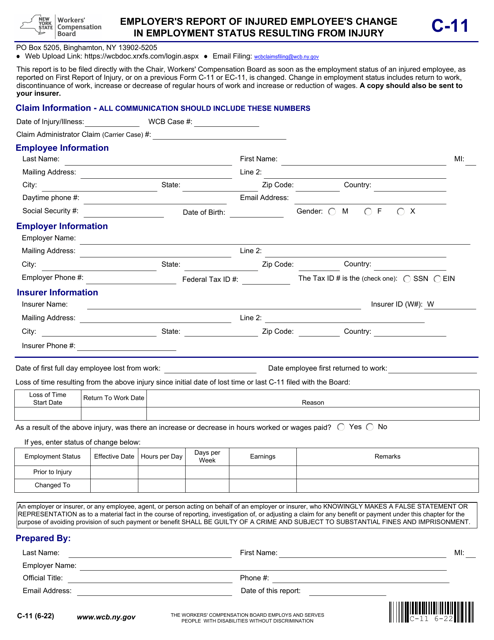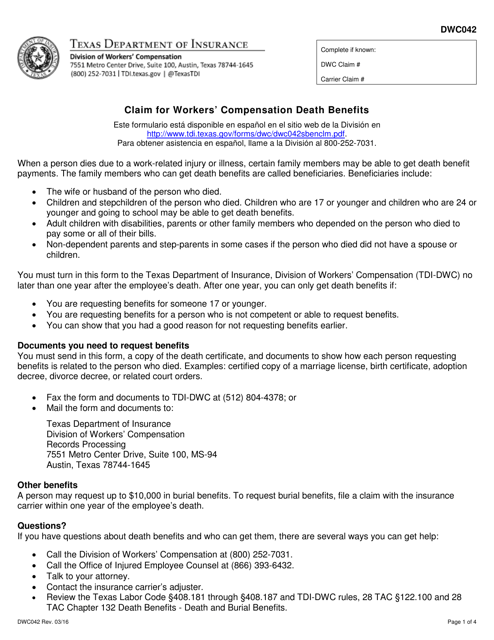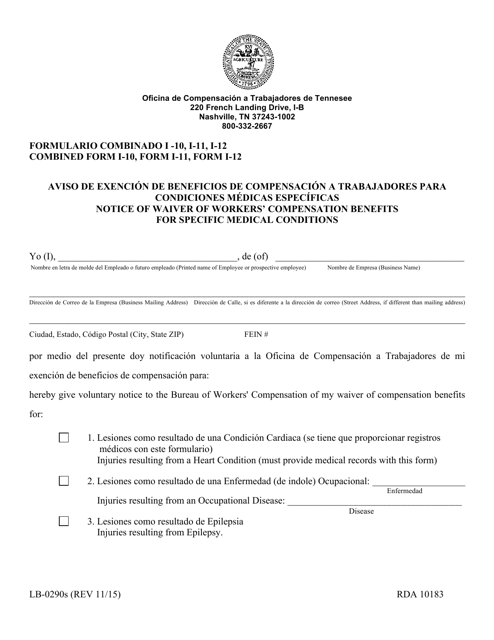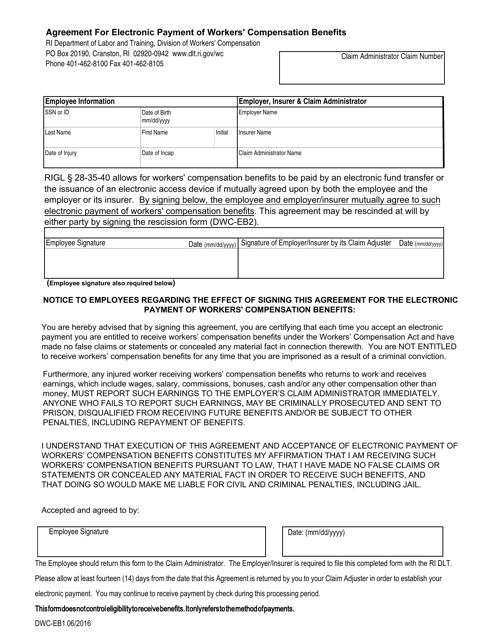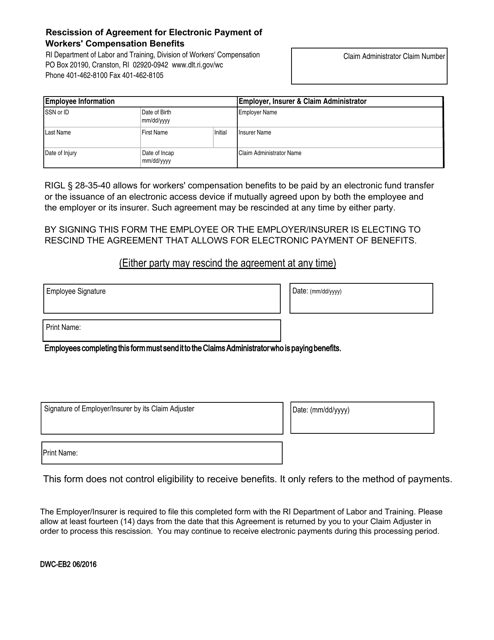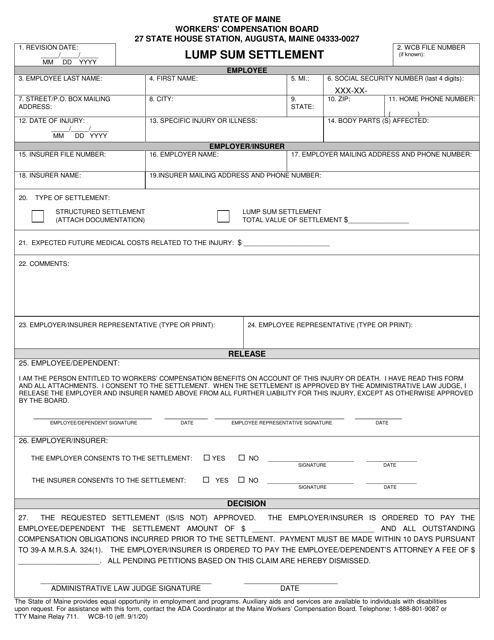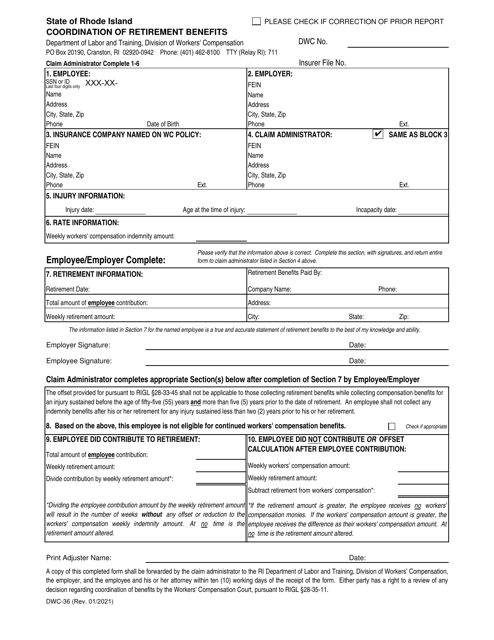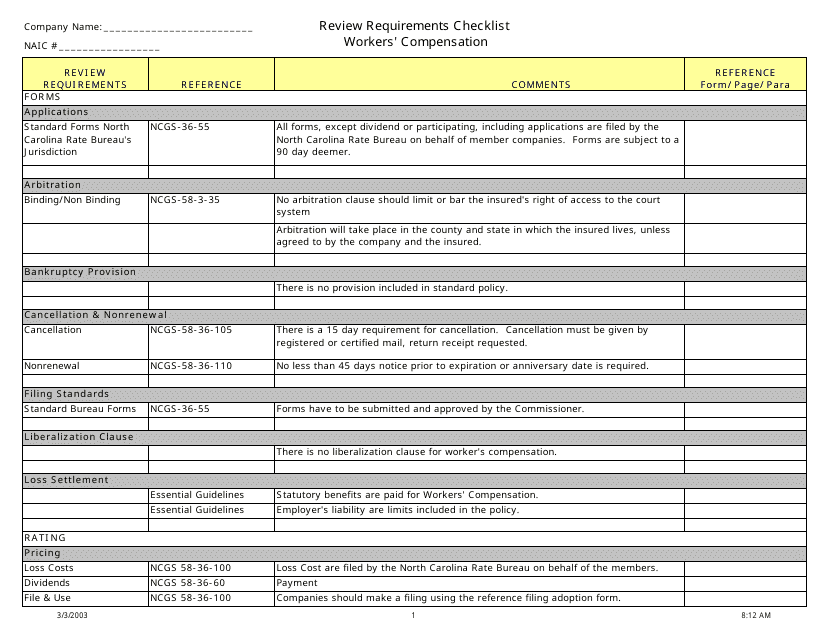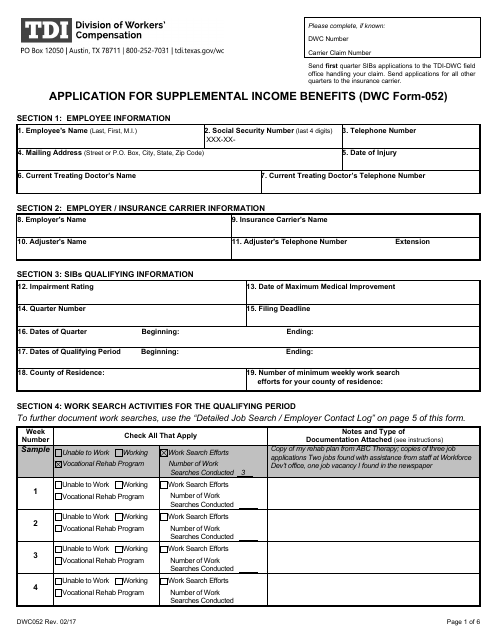Workers Compensation Benefits Templates
If you've been injured on the job, it's important to understand your rights and the benefits you may be entitled to. Workers' compensation benefits, also known as workers' comp, are a crucial form of support for employees who have suffered work-related injuries or illnesses. These benefits are designed to provide financial assistance for medical expenses, rehabilitation costs, and lost wages during the recovery period.
Workers' compensation benefits are regulated by the government and vary from state to state. Each state has its own set of rules and systems in place to facilitate the claims process and ensure that injured workers receive the support they need. These benefits are typically provided by employers' insurance companies or through state-run programs.
The workers' compensation benefits system includes a variety of documents that contribute to the successful processing of claims and the administration of benefits. These documents serve different purposes, such as initiating a claim, notifying the employer or insurance provider of changes in status, or applying for additional benefits.
For example, in Colorado, injured workers can use Form WC62 to request a lump sum payment for their workers' compensation benefits. In Maryland, Form WCC C-06 allows insurers to terminate temporary total disability benefits. New York uses Form C-105.54 to notify elected participants in sheltered workshops about their eligibility for workers' compensation benefits. Rhode Island uses Form DWC-36 to coordinate retirement benefits with workers' compensation payments, and in Texas, injured workers can apply for supplemental income benefits using Form DWC052.
These documents are essential for injured workers to navigate the workers' compensation system and access the benefits they deserve. They provide a standardized way to communicate and process claims, ensuring a fair and efficient process for both employers and employees.
Whether you're an injured worker seeking benefits or an employer responsible for providing workers' compensation coverage, understanding and properly utilizing the various forms and documents associated with workers' compensation benefits is crucial. Familiarizing yourself with these documents will help ensure that you can navigate the claims process smoothly and maximize the benefits available to you.
So, if you've been injured at work, don't hesitate to explore your options and make use of the workers' compensation benefits available to you. The right documents and the proper understanding of the process will go a long way in helping you get the support you need to recover and get back on your feet.
Documents:
19
This Form is used for workers in Alaska to claim for Workers' Compensation Benefits.
This Form is used for requesting a lump sum payment in the state of Colorado.
This form is used for insurers to terminate temporary total disability benefits in the state of Maryland.
This form is used for companies or organizations in Missouri to apply for authority to self-insure workers' compensation coverage.
This form is used for notifying the intention to suspend payment of workers' compensation benefits in New Hampshire.
This form is used for employers in New York who want to elect to provide workers' compensation benefits to participants in a sheltered workshop.
This Form is used for making a claim for workers' compensation death benefits in the state of Texas.
This form is used for notifying the waiver of workers' compensation benefits for specific medical conditions in Tennessee. The form is available in both English and Spanish.
This form is used for agreeing to electronic payment of workers' compensation benefits in the state of Rhode Island.
This form is used for rescinding the agreement for electronic payment of workers' compensation benefits in Rhode Island.
This Form is used for providing workers' compensation information in Pennsylvania.
This document is a checklist that outlines the requirements for workers' compensation in North Carolina. It provides information on the necessary steps and documentation needed to comply with the state's workers' compensation laws.

